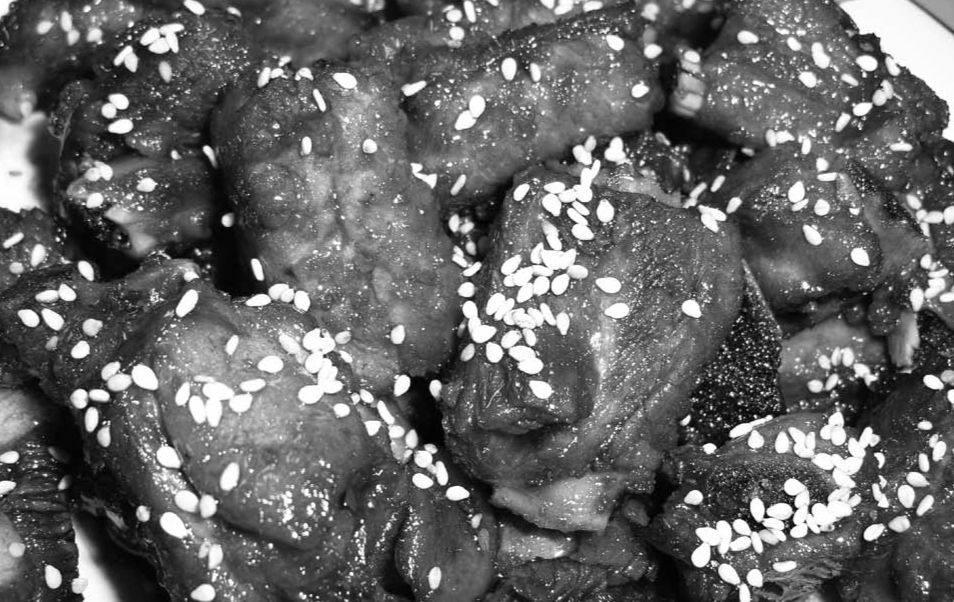Cantonese Cuisine
The Cantonese Cuisine is called “Yue Cuisine” for short as “Yue” is the short name of Guangdong. It is one of the eight most distinguished cuisines in China and is known to the world for its delicacy and deliciousness.
The Cantonese Cuisine consists of three parts – the Guangzhou Cuisine, the Chaozhou Cuisine, and the Hakka Cuisine. Among them, the Guangzhou Cuisine is the most representative and in some cases, it is considered Cantonese Cuisine.
The Cantonese Cuisine started from the south of the Five Ridges and it could date back to thousands of years ago when this place was firstly inhabited. However, unlike the Shandong Cuisine, the Cantonese Cuisine did not form its own a complete system and menu until modern times. Thats because Guangdong was not that prosperous in the old time and fewer people lived there then.
The modern Cantonese Cuisine came into its shape in the early 1900s, when more and more people from other parts of China came and lived here. As a result, the Cantonese Cuisine was described as a combination of flavors from different cuisines in China.
In spite of its late start and hybrid nature, the Cantonese Cuisine has great influence in China and the world. Cantonese were the pioneers of China to go out and live in foreign countries, so a larger part of Chinese restaurants in other countries provide Cantonese Cuisine. And the Chinese dishes that could match the dishes in a French bouquet are mostly from Guangdong as well.
This should be attributed to the nature of Cantonese Cuisine as the hybrid (Cantonese efforts to promote it cannot be ignored either). The selection and combination of the best cooking methods and food materials lead to the excellent look, flavor and taste of Cantonese Cuisine.
The Cantonese Cuisines food materials are so abundant that it could easily beat any other Chinese cuisine. Thats related with the geographical and climatic features. Located in the subtropical area, Guangdong is close to the sea and the land is covered with hills and mountains. The weather here is mild and rainy, leading to the great source of food materials. You can have mushrooms, venison, rabbit and other things from mountains, as well as octopus, kelps and crabs from the seas. In addition, Cantonese are famous – maybe notorious now – for being bold enough to eat some strange things. So it is not a strange thing to find snakes, insects, frogs and others in the menu.
The good materials need to be processed in good ways to create good dishes. A lot of Cantonese dishes are cooked through sautéing and quick-frying, and also the methods of simmering, frying, baking and others are used. It is said that the cooking methods are derived from the methods in Beijing, Zhejiang and Jiangsu. And also the western cooking methods are included as well. The weird combination leads to the special cooking ways in the Cantonese Cuisine.
The abundant materials and the unique cooking methods create the Cantonese Cuisine, which is known for its freshness, tenderness, and of course, deliciousness.
The cooking methods and tastes vary to the subsections. The most representative Guangzhou Cuisine is just like the typical Guangdong food which focuses on the tenderness and freshness, as well as the best use of the numerous food materials. The tem- perature of fire and oil is the key to making perfect Guangzhou dishes.
Another subsection, the Hakka Cuisine, came from the Central Plain of China. Different from typical Guangdong food, aquatic products are rarely used while the meat, which composes the main course, is usually cooked without any vegetables. Intense and salty sauces are frequently used as the traditional method used in the Central Plain area.
The Chaozhou Cuisine is more like the dishes in Fujian, because Chaozhou, where this subsection originated, used to be a part of Fujian. It is also heavily influenced by the Cantonese Cuisine. It is one of the proofs to show that the other cuisines was integrated and sifted into the Cantonese Cuisine.
It is worthwhile to mention that Cantonese Cuisine is distinguished from other Chinese cuisines because of not only the way to cook them, but also the way to eat them. Guangdong people like soups very much and would like to have a bowl of soup before enjoying the main course.
Also, the Cantonese Cuisine is famous for its snacks. Porridges, steamed stuffed buns, rice cakes… the long and evergrowing menu include the delicious snakes and also forms a habit for people in Guangdong and Hong Kong – the love for breakfast. Most Guangdong people attach great importance to the breakfast– they call it “morning tea” – very much and treat it as a dinner with friends sitting together talking and eating.
Typical Dishes
1. Sweet and Sour Pork
Sweet and sour pork is a Chinese dish that is particularly popular in Cantonese cuisine and may be found all over the world. A traditional Jiangsu dish called Pork in a sugar and vinegar sauce is considered its ancestor.
The dish consists of deep fried pork in bite sized pieces, and subsequently stir-fried in a more customized version of sweet and sour sauce made of sugar, ketchup, white vinegar, and soy sauce, and additional ingredients including pineapple, green pepper(capsicum), and onion. In more elaborate preparations, the dishs tartness is controlled by requiring that Chinese white rice vinegar be used sparingly and using ketchups with less vinegary tastes, while some restaurants use unripe kiwifruits and HP sauce in place of vinegar. Some of the more casual food outlets use diluted acetic acid as a substitute for white vinegar and synthesized red colouring in place of ketchup to keep the costs down, making the dish too pungent and leaving customers thirsty.
2. White Boiled Shrimp
White boiled shrimp is a variety of night dish in Cantonese cuisine. The dish is made with shrimp in boiling hot water, and served with the shells. The shrimp is then eaten with soy sauce. When finished, people wash their hands in a bowl of warm tea and lemon.
3. Cantonese Seafood Soup
Cantonese seafood soup is one of the main seafood soup within Cantonese cuisine. It is commonly found in Hong Kong, and is also available in Chinatowns in other nations. The soup is usually considered midrange to high-end in price depending on the ingredients. The soup is generally thick with a very smooth texture. It is usually whitish in color and a little transparent. While the English name is “soup”, it is regarded as “gung” in the Chinese cuisine.

